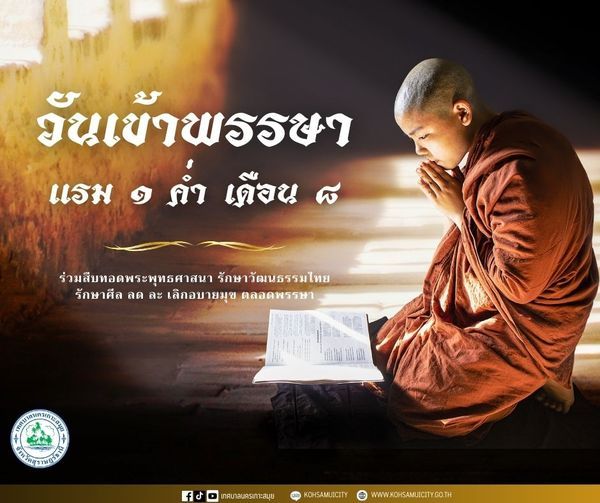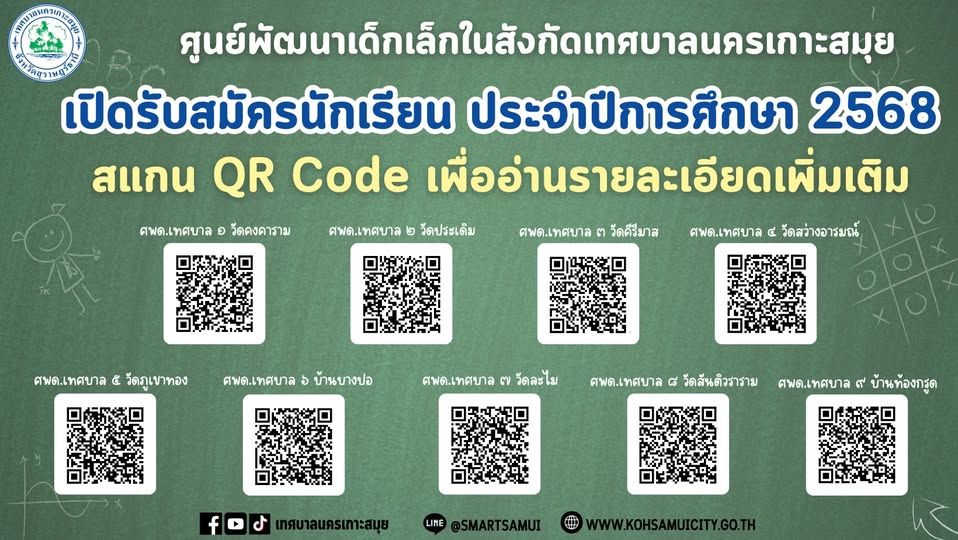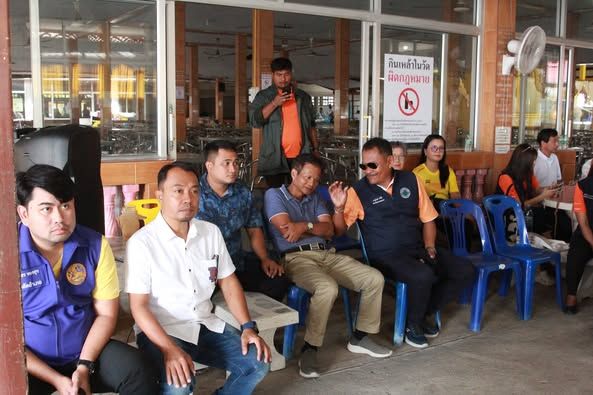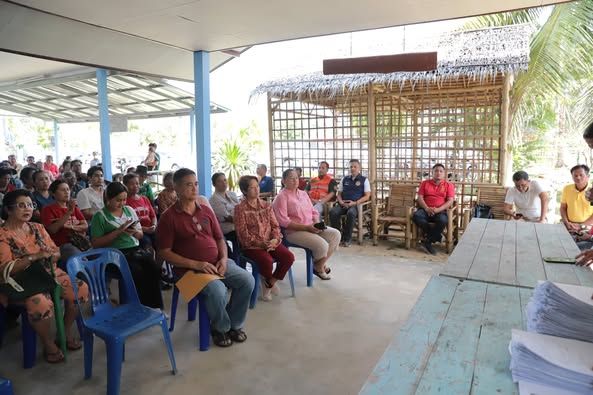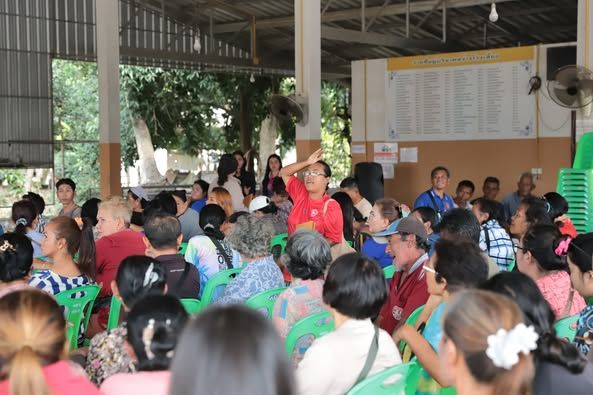Celebrate Buddhist Lent Day, also known as “เข้าพรรษา” (Khao Phansa) in Thai, on July 21st in 2024, as monks commit to intense meditation and study in one temple during the rainy season, promoting values of giving, self-discipline, and communal harmony. Join in the spiritual growth and connection by offering robes, upholding precepts, or engaging in meditation on this special day. 🌿🙏 #BuddhistLentDay #KhaoPhansa #SpiritualReflection #CommunityHarmony #KohSamui #ThailandTourism #SpiritualJourney
Buddhist Lent Day, known in Thai as “เข้าพรรษา” (Khao Phansa), is a period that holds great importance in the Buddhist calendar. It is a time when monks commit to staying in one temple throughout the rainy season. The year 2024 sees this day falling on Sunday, July 21st, marking the beginning of a period of reflection and spiritual deepening for the Buddhist community.
Historical Roots of the Rainy Season Retreat
The inception of this period stretches back to the time of the Buddha. Initially, monks were itinerant, wandering from place to place, spreading the teachings of the Buddha—known as the Dharma—to the people. They had no fixed abode and were free to roam as they saw fit. However, during the rainy season, their travels through the fields caused unintentional harm to the crops, especially the delicate young rice seedlings. Villagers, whose livelihood depended on these crops, expressed their concerns.
Buddha’s Response to the Farmers’ Plight
Understanding the impact on the local communities, the Buddha established a rule. He decreed that monks should remain stationary during the rainy season, which typically lasts three months. This rule not only addressed the concerns of the villagers but also created a time for the monks to focus inwardly, engaging in intense meditation and study without the distractions of travel.
Spiritual Practices During Lent
During this period, Buddhists engage in a variety of practices to cultivate their spirituality. It’s a time of making merit, through acts such as giving, and of upholding the precepts more strictly. Many laypeople also participate by observing the Five Precepts with greater diligence, offering alms and robes to the monks, and engaging in meditation and Dharma studies.
The Ritual of Offering Robes
One of the enduring traditions associated with Buddhist Lent Day is the offering of robes to monks. These robes, known as “Kathina,” are specially prepared for the monks to use during this retreat. The act is not only a practical gesture, providing the monks with essential attire, but it is also a spiritual one. It symbolizes the lay community’s support and reverence for the monastic community.
Impact on Local Communities
Regions with significant Buddhist populations, such as Koh Samui in Thailand, observe this day with various public relations activities and ceremonies. It’s an opportunity for the entire community to come together, reinforcing the values of giving, self-discipline, and communal harmony.
Conclusion
As the world continues to evolve, the essence of Buddhist Lent Day remains timeless. It’s a testament to the enduring nature of the Buddha’s teachings and the adaptability of religious traditions to meet the needs of both the monastic and lay communities. Whether one participates in the offerings, engages in deeper meditation practices, or simply reflects on the teachings, this period offers a unique chance for spiritual growth and connection.
Frequently Asked Questions
What is the significance of Buddhist Lent Day or “Khao Phansa”?
Buddhist Lent Day, known in Thai as “Khao Phansa,” is a cornerstone of spiritual reflection within the Buddhist calendar. On July 21st, 2024, monks will begin their rainy season retreat, dedicating themselves to a period of focused meditation and scriptural study. This tradition, steeped in communal harmony, offers an opportunity for both monks and laypeople to engage in spiritual practices, such as offering robes, adhering to precepts more strictly, and meditation. It’s a time to foster spiritual growth and reinforce societal bonds through shared acts of giving and self-discipline. 🌿🙏
How did the rainy season retreat come into being historically?
The rainy season retreat has its origins in the time of the Buddha. Monks initially followed an itinerant lifestyle, wandering and disseminating the Buddha’s teachings. However, their travels during the rainy season inadvertently harmed the vital crops of local farmers. Taking this to heart, the Buddha instituted the practice of remaining stationary during this period, transforming it into a time for monks to intensify their inner work, thereby enhancing their spiritual practice while simultaneously respecting the livelihood of the agrarian communities.
What are some traditional practices observed during Buddhist Lent?
During Buddhist Lent, the community engages in traditional practices that aim to deepen spirituality and make merit. Among these is the offering of “Kathina” robes to monks, a practice that symbolizes support and respect for the monastic life. Alongside this, laypeople may choose to observe the Five Precepts with increased devotion, offer alms, and participate in meditation and Dharma studies. The collective observance of these practices strengthens the sense of community and reaffirms the shared values of generosity and discipline.
